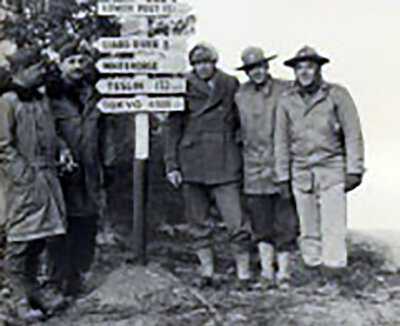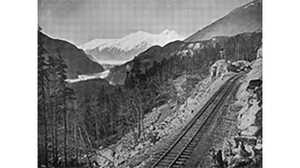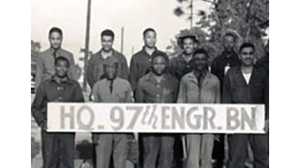Driving the Highway Today
When the pioneer road that was the foundation for the Alaska Highway was completed in the fall of 1942, it was heralded as a great achievement for both Canada and America. The men who had worked on the highway had conquered a vast wilderness, opening up the first land route to Alaska from the continental United States.

Early Highway Travel
The highway opened to the public in 1948. However, for several years it was nearly impossible to traverse with anything other than trucks and bulldozers. For most of the year, road conditions were terrible. A single-lane, muddy road, full of impossibly steep hills -- some up to a grade of 25 percent — and dangerous curves, the highway was a daunting prospect for most civilian drivers. Most traveled in convoys, keeping an eye on the mileposts to track their progress.
No Facilities
Driving on the highway required extensive planning, as roadside facilities such as gas stations and lodging were scarce. Drivers who made the trek across the Alaska Highway would bring gas and other supplies with them to weather the stretches of sometimes hundreds of miles between open facilities. Checkpoints were established to help ensure travelers arrived safely.
Tourist Attraction
Over the years, the Alaska Highway has evolved from a rough challenge to one of the Northwest's major tourist attractions. Today, the highway has been straightened and flattened as much as possible, and is now almost entirely paved. The steepest hill is a ten percent grade, at Steamboat Mountain -- a far cry from the 25 percent grades of the past. The highway is continuously being repaired, as the freezing and thawing of the ground causes frost heaves, buckling the asphalt. The highway now has two lanes, and ordinary automobiles regularly traverse it.
Long Unpopulated Stretches
With improvements in automotive technology, specifically radial tires and higher gas mileage, the number of service facilities on the Alaska High way have actually decreased. Gas stations are placed approximately every 50 miles, although there are still stretches of approximately 100 miles between facilities. Approximately 360,000 tourists drive the highway each year, often driving in one direction and taking the Alaska State Ferry in the other.
Sublime Landscape
Today, the Alaska Highway remains the sole land route to the inner reaches of the state. One of the most famous man-made landmarks along the route is the forest of signposts in Watson Lake, in Canada's Yukon Territory. An outpost that began with just a few signs now includes directions to more than 1,000 destinations. The area around the highway is largely unpopulated, and gives travelers a sublime look at the landscape. Although the highway cuts through territory inhabited by sheep, moose, caribou, bear and other animals, drivers are often disappointed by how few animals they see.
An Experience
Historian Ken Coates, who grew up on the Alaska Highway and whose father worked on the highway's reconstruction effort, described the roadway's lasting appeal: "How many highways in the world can you drive along and see 47 sheep grazing on the side of the road, and drive along the shore of Kluane Lake, which is one of the most beautiful lakes God ever blessed this planet with... The Alaska Highway's an experience... no other road like it. Other roads just take you places. The Alaska Highway sort of grabs onto your heart and holds on tight."







